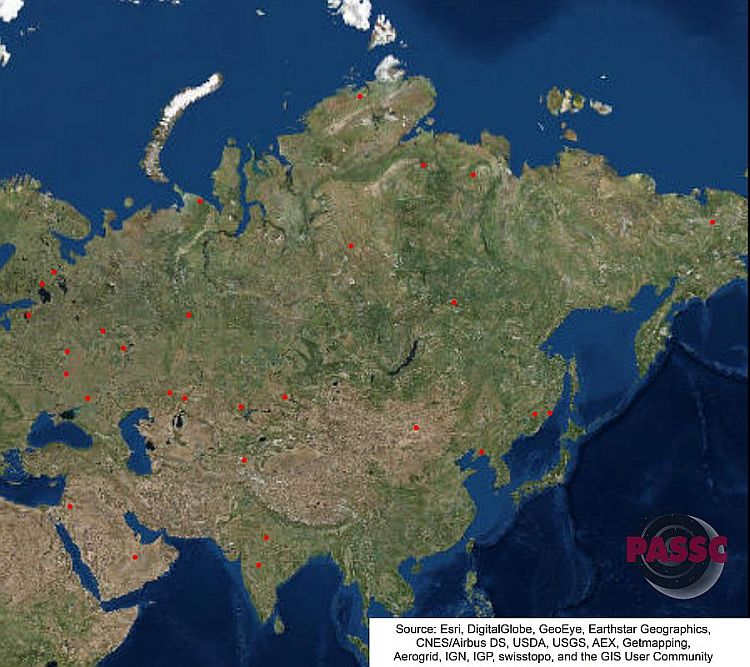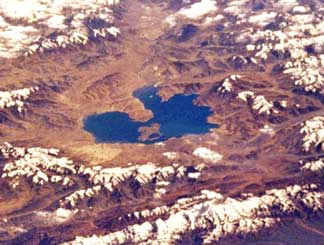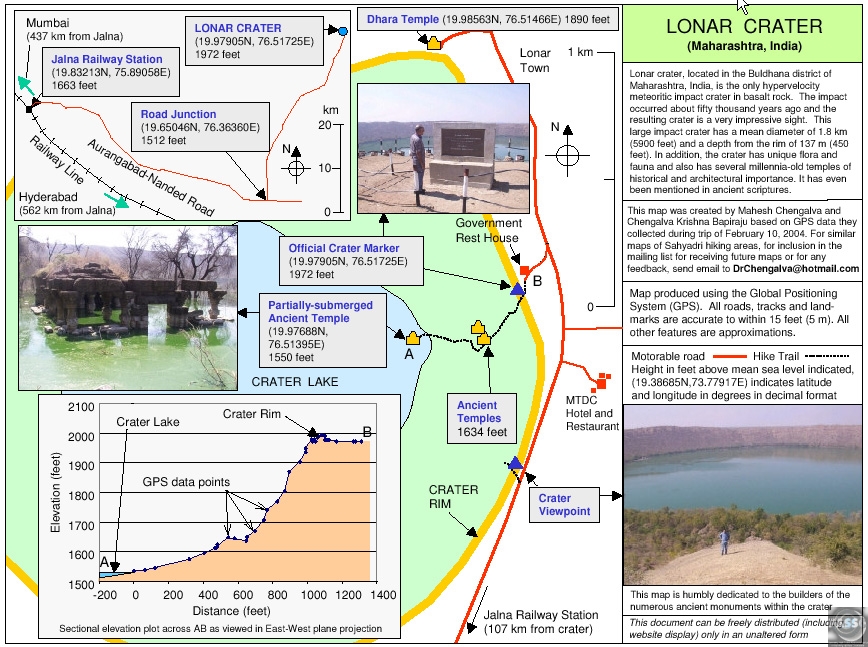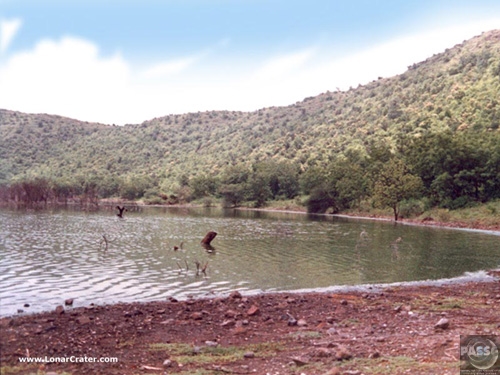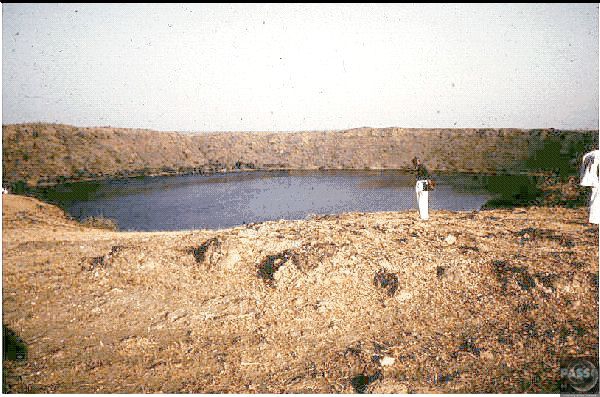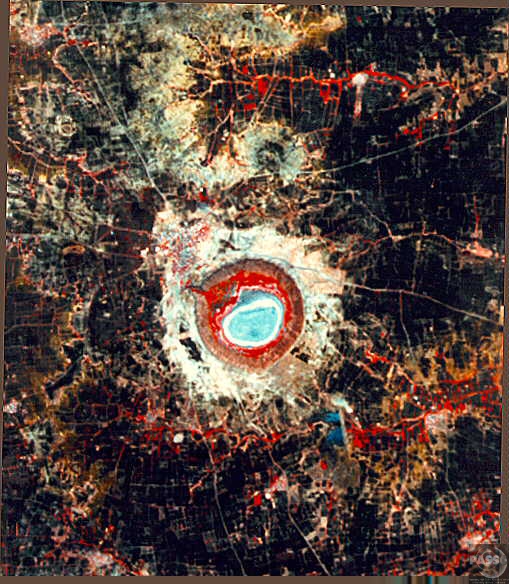|
The Enigmas on Earth Impact Craters on Earth |
|||
|
Russia and Asia
Earth Impact Database - The biggest collection of Earth Impact Craters by the University of New Brunswick, Canada Visit Also: |
|||
|
Jänisjärvia Crater Russia 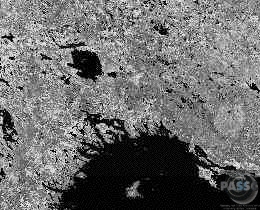 |
|||
|
El'gygytgyn Crater Russia 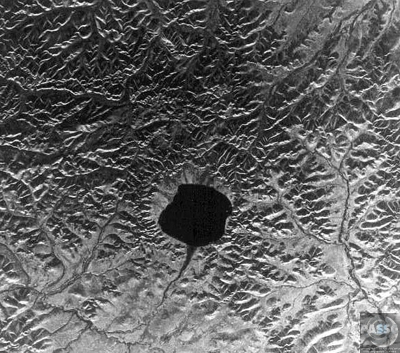 Seasat  Aerial Photograph 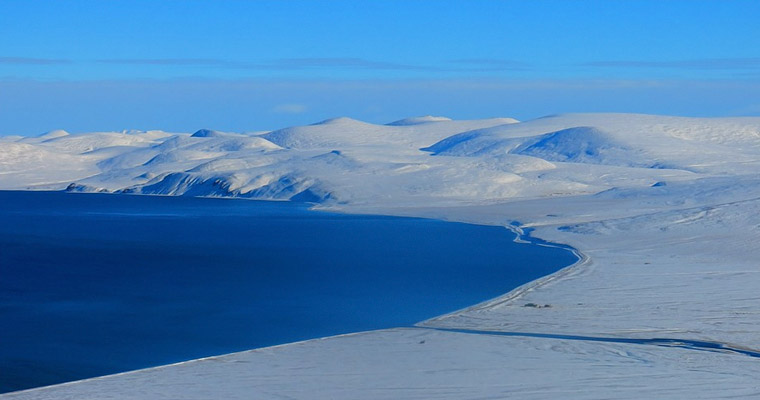 El'gygytgyn - Crater Lake in Chukotka, Russia, Source: snovadoma.ru 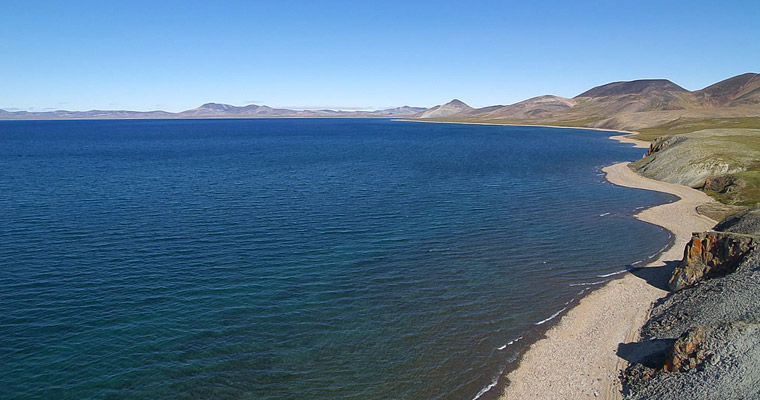 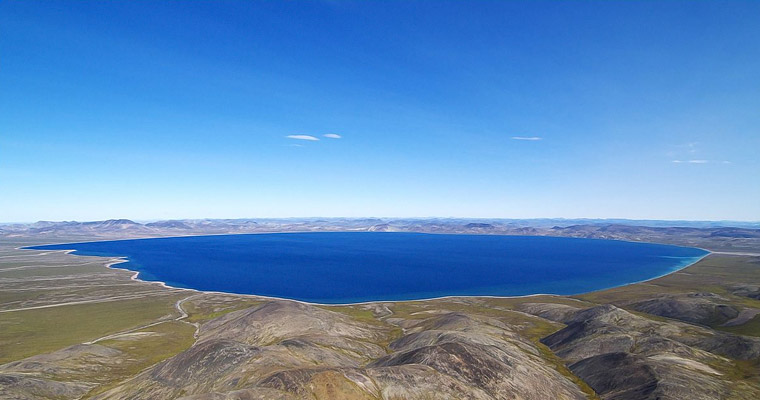 Lake El'gygytgyn shrouded in legends
and superstitions. They say that it lives a huge monster - fish gigantic
proportions. From time to time, strange creature impressive size with
noise bursts to the surface through the water surface, and then
immediately disappears in the deep waters of the lake. The indigenous
people prefer to stay away from the lake, believing him dead spot and
not wanting to self-fulfilling prophecy for yourself and your family.
There is also a belief that once lived on the lake shaman who led a
solitary life, and he did not like it when distracted by trivialities.
His head was made of ice, and he does not like it when strangers came to
him, and angry, he could send down a terrible deadly diseases to worry
him.
Repeated loss of people go fishing on the lake, confirm the fears of the residents of nearby settlements incomprehensible devilry associated with this place. Scientists first came to the lake El'gygytgyn at the beginning of the XX century, described him as a strange, eerie place, and at night it is especially terrible, even shiver sneaks from the oppressive state stay near it. But this fact does not interfere with scientific expeditions to study this pond for several decades. Answers to many questions have already been received, but most of them, at the moment, and have remained a mystery. Source: snovadoma.ru |
|||
|
Tabun-Khara-Obo Mongolia 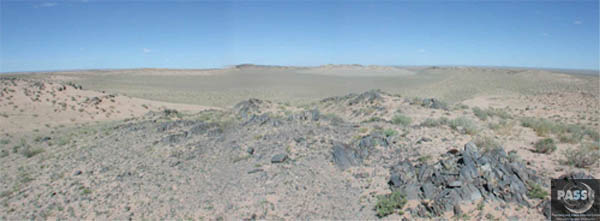 Submitted by Karl Wegmann |
|||
|
Wabar Crater Kazakhstan 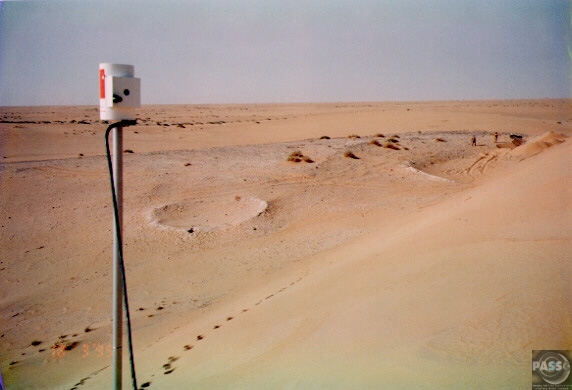 Photograph by Jeff Wynn  Photo of the remaining rim of the largest crater. The crater was 12.5 meters deep in 1932, 8 meters deep in 1965, and a bit over 2 meters deep in 1994 (this photo). Courtesy Jeff Wynn  Expedition tracks made during the three expeditions undertaken to map the Wabar meteorite impact site. Courtesy Jeff Wynn  Photo shows what happened to ~99.99% of the incoming bolide: It was uniformly mixed to generate the ubiquitous "Wabar Glass", which is uniformly 90% local sand and 10% nickle-iron asteroid. Courtesy Jeff Wynn  This is a photo of the largest surviving fragment of the Wabar bolide (Gene Shoemaker in the background), recovered in 1965. Courtesy Jeff Wynn  Photograph of Jeff Wynn conducting a high-resolution magnetic survey with a cesium-vapor magnetometer. Courtesy Jeff Wynn  Results of a magnetic survey conducted over 5 days at the Wabar meteorite impact site. Courtesy Jeff Wynn |
|||
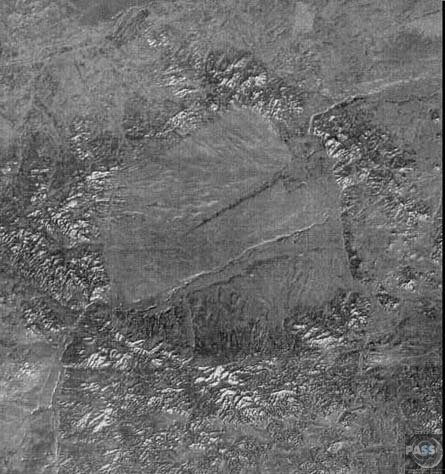 |
|||
|
Shunak Crater Kazakhstan 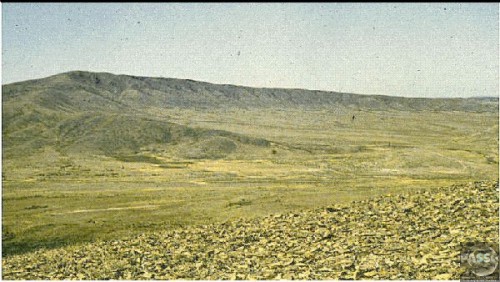 |
|||
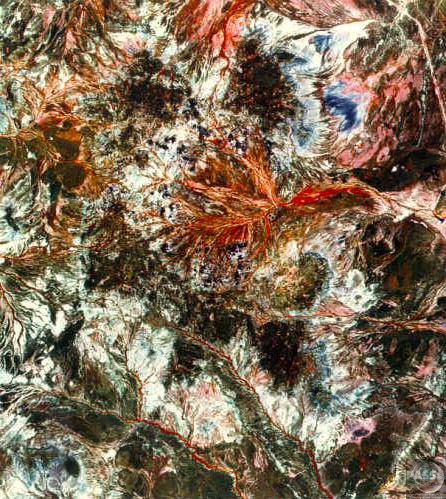 Landsat - NASA |
|||
|
Eastern Tajikistan .
Near the center of
this scene is the mountain lake
Kara-Kul, located in eastern Tajikistan, high in the
Pamir mountain range
near the Afghan border. The 25-kilometer (16 mi)
diameter lake sits at
an elevation of 6000 meters (20,000 ft) above sea
level. Kara-Kul was formed
from a meterorite impact approximately 25 million
years ago, leaving a
crater with a rim diameter of 45 kilometers (28 mi).
Islands formed from
the central uplift can be seen in the northern and
southern parts of the
lake. Interestingly, the Kara-Kul impact structure
remained unidentified
until it was discovered though studies of imagery
taken from space.
|
|||
|
India .
|
|||
|
Dhala Crater India |
|||
| FAIR USE NOTICE: This page contains copyrighted material the use of which has not been specifically authorized by the copyright owner. Pegasus Research Consortium distributes this material without profit to those who have expressed a prior interest in receiving the included information for research and educational purposes. We believe this constitutes a fair use of any such copyrighted material as provided for in 17 U.S.C § 107. If you wish to use copyrighted material from this site for purposes of your own that go beyond fair use, you must obtain permission from the copyright owner. | |||
|
|
